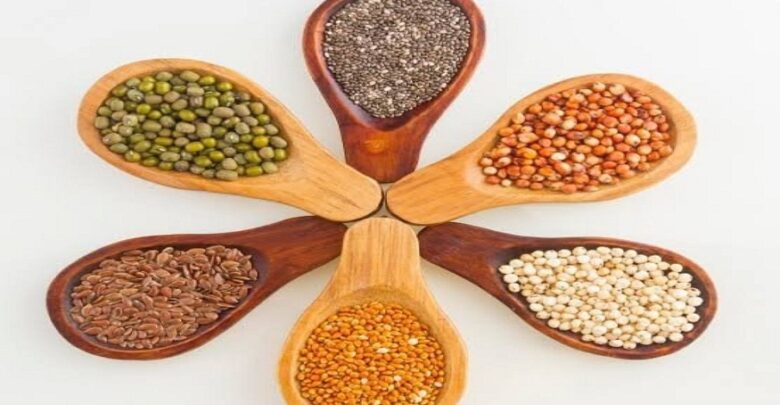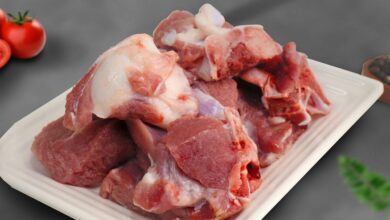Tiny Grains, Big Benefits: Exploring Lesser-Known Millets

There’s a quiet food revolution happening, and it’s not about the next superfood fad. It’s about going back to what’s been good for us all along. We can see a shift in how people eat: moving away from ultra-processed, refined grains and rediscovering traditional, nutrient-rich foods. One such food group that’s making a major comeback is millets! They may be tiny, but don’t let their size fool you; millets are nutritional powerhouses that deserve a spot on your plate.
What Exactly Are Millets?
In simple terms, millets are small-seeded grasses cultivated as cereal crops, especially in Asia and Africa. They are drought-resistant, require minimal inputs, and thrive in poor soil conditions, making them resilient and eco-friendly crops.
Exploring the Different Types of Lesser-Known Millets
You’veprobably heard of pearl millet or ragi (finger millet), but there are many lesser-known millets that are also highly nutritious and easy to prepare. Here are a few types of millets worth knowing:
- Kodo Millet – Great for digestion and weight management. It’s rich in antioxidants and is filling.
- Foxtail Millet – Light, protein-rich, and helps regulate blood sugar levels. It can be used as a ricealternative.
- Barnyard Millet – Low in calories, high in iron, and cooks quickly. Ideal for busy weekdays.
- Little Millet – Mild in taste, versatile in recipes, and packed with nutrients like B-complex vitamins.
Tips for Including Millets in Your Diet
- Start with One Millet at a Time
Instead of buying many types at once, pick one like foxtail or little millet and use it in place of rice in a familiar dish to get used to the taste and texture. - Add to Your Breakfast Routine
Replace oats with millets like barnyard or kodo millet in porridge ormix millet flakes with regular muesli for a slow-release energy boost. - Go with Ready-to-Cook Millet Mixes
If you’re short of time, start with ready-to-cook millet dosa or upma mixes. They ’rea quickfix and can be a great way to get familiar with the grain.
Conclusion
Switching to millets isn’t about giving up your favourite foods, it’s about upgrading them. From millet dosa to millet porridge or even baked millet cookies, there’s plenty you can do. At Right Shift, we believe healthy eating should be simple, accessible, and enjoyable. That’s why we offer a thoughtfully curated range of millet and oats-based products.
Moreover, use our free meal plan creator to build oat- and millet-rich meal plans that suit your lifestyle, and take our health score assessment for personalisedinsights. Explore the Shift Store for smart, wholesome choices that support your wellness goals. One small shift in your diet could lead to big benefits for your health.
FAQs
- Can millets be used in traditional recipes or modern dishes?
Absolutely! Millets can replace rice or wheat in traditional meals like dosa, upma, and khichdi, and they also work well in salads, soups, porridge, and baked goods. - What types of millets are commonly available?
Common millets include pearl millet, finger millet (ragi), foxtail millet, barnyard millet, kodo millet, and little millet. - Are millets suitable for children and elderly people?
Millets are nutritious and easy to digest, making them suitable for all age groups, including children and the elderly, when prepared appropriately. It is crucial to consult a healthcare professional before incorporating or making any changes to your diet.




